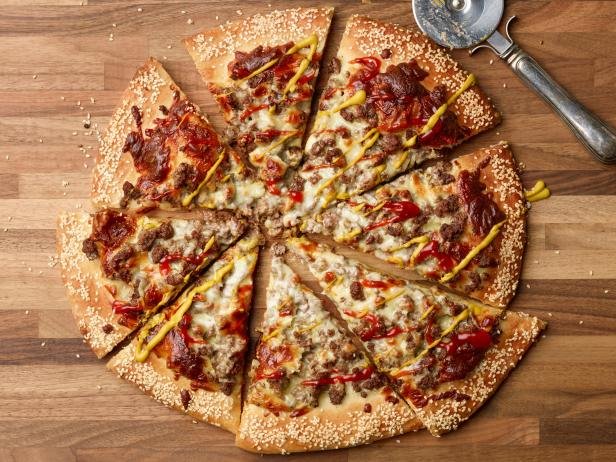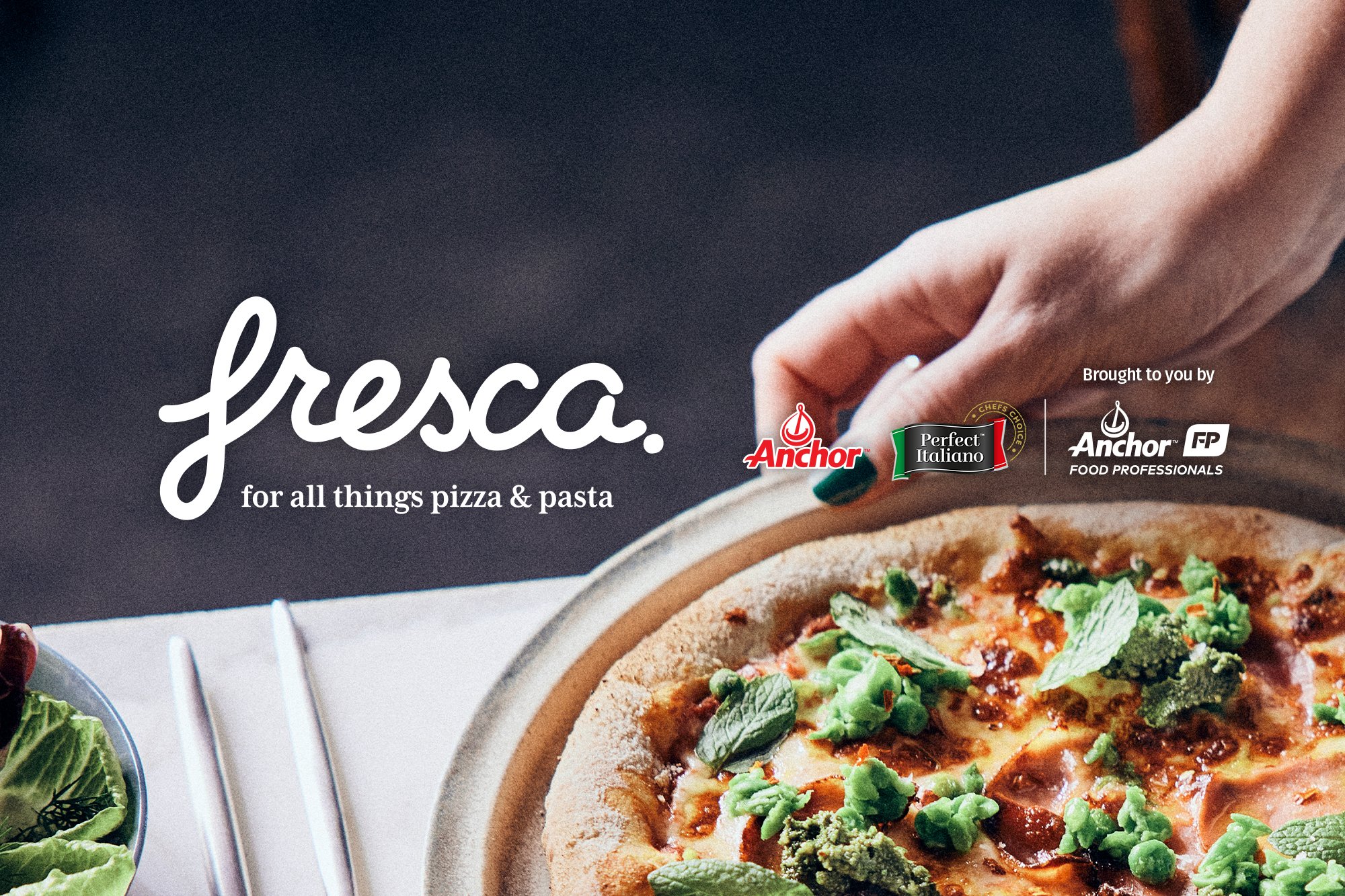Adapting different menu styles to pizza
As we head into the warmer months, it’s the perfect time to freshen up the pizza menu with some enticing new items.
Not only can you take inspiration from classic dishes, you can also look at popular trending food items and cuisine styles and how these can be adapted to pizza. It’s a great way for chefs to give free rein to their creativity – and not only is it fun to create pizza versions of meals, it can also help get your menu noticed, encourage trial of new items and generate repeat business.
Burger pizzas is a current trending example of adapting a popular menu item to pizza. Domino’s has introduced a Burger Joint Cheeseburger Pizza loaded with beef burger pieces, American cheese slices, mozzarella and butter pickles topped with special burger sauce. Crust Pizza has also got into the act, teaming with Milky Lane to introduce pizza versions of their in-demand burgers. These include The Big P with burger-style ingredients such as slow-cooked pulled pork, ground beef, caramelised onions and mozzarella, topped with dill pickles, maple bacon bits with burger sauce and an onion ring flavoured crust; and Chic-Kanye, inspired by Milky Lane’s chicken burger and featuring fried chicken tenders with southern seasoning, bacon, caramelised pineapple, roasted potato and mozzarella finished with Sriracha aioli.
Almost any type of meal is adaptable to pizza – the key is to ensure the ingredients complement each other in flavour and texture, and also work with the base and the sauce. In practice this means experimenting with different recipes using key ingredients until you find a combination that works.
Cheese burger pizza [Food Network]
A good approach is to start with one distinctive ingredient from the dish you’re using as your inspiration and build your pizza from that, being sure to use flavours, textures and colours that will make it memorable and keep customers coming back.
Some well-known pizzamakers have even been known to take signature dishes from popular restaurants and adapt them to pizza by mimicking their distinctive sauces or cooking methods. Whatever works to inspire the chef’s creative flow will generally deliver a great result. From pork shoulder to crispy noodles or even brussels sprouts, with a little ingenuity you can make almost any ingredient work on pizza. Naturally it helps if you’re using fresh, in-season ingredients – lighter-style pizzas are popular as we enter summer, such as a delicate prosciutto and greens pizza. This is the same approach a restaurant chef would take in adapting the main menu for the season.
5 ways to be a great leader in the kitchen
With everyone under pressure to do more due to the staff and skills shortage, keeping up the morale of your back of house team has never been so important. Staff will only go the extra mile for a leader they respect – one who leads by example while working to inspire and motivate.
Here are 5 ways to ensure you’re a great leader in the kitchen:
-
All of us have different strengths and weaknesses and a key part of being a great leader is understanding your workers’ limitations but also at which areas they excel. This is particularly important in a high-pressure environment such as a kitchen during busy service periods like Friday or Saturday nights. When you know what makes each person tick, you can modify your approach accordingly to get the best performance out of them.
-
A well-run kitchen is one where everyone knows what their job is – like any team each member has their specific role to play. A great leader will ensure everyone has clearly defined roles and knows their parameters. Conversely, if you start varying members’ job specifications at short notice, that will likely add extra stress on top of the already demanding pressures of the kitchen.
-
Chefs are by nature creative and without the opportunity to showcase this in their food, work can turn into drudgery. One way to allow your junior chefs and staff to feel part of the creative process is to involve them in menu creation and even give them the chance to create their own dishes for your specials board. That in turn shows your faith in their skills, which helps build confidence and self-esteem.
-
To be a great leader, you should always be willing to listen to team members’ concerns and strive to respond with positive action where possible. Not only will you gain their respect as empathetic and caring, it will also help you get to know what drives and motivates them. You should also strive to share the bigger picture of the business with your team so they know where they fit within it – this can be reassuring and encouraging, as it helps them valued as an important part of the whole.
-
Poppy Jarman of mental health advocacy organisation the MindForward Alliance advises leaders to remind workers to be ‘brave, not perfect’ and be wary of creating a culture of ‘toxic perfectionism’ which negatively impacts on mental health and discourages innovation. Everyone makes mistakes so don’t come down too heavy on your team when it happens. Being understanding not only helps earn respect from your team, it also reduces everyone’s stress levels (including yours!) and protects against burn-out.





